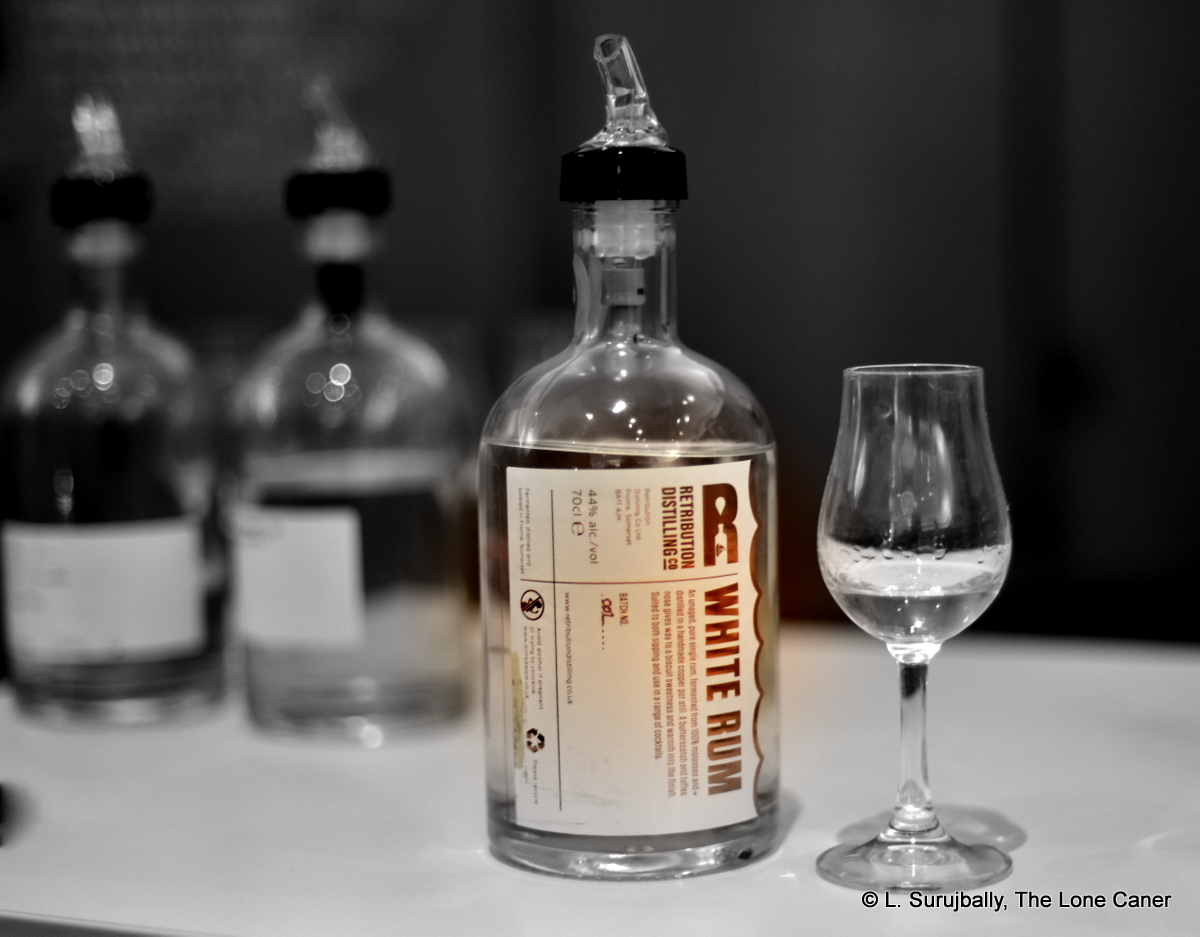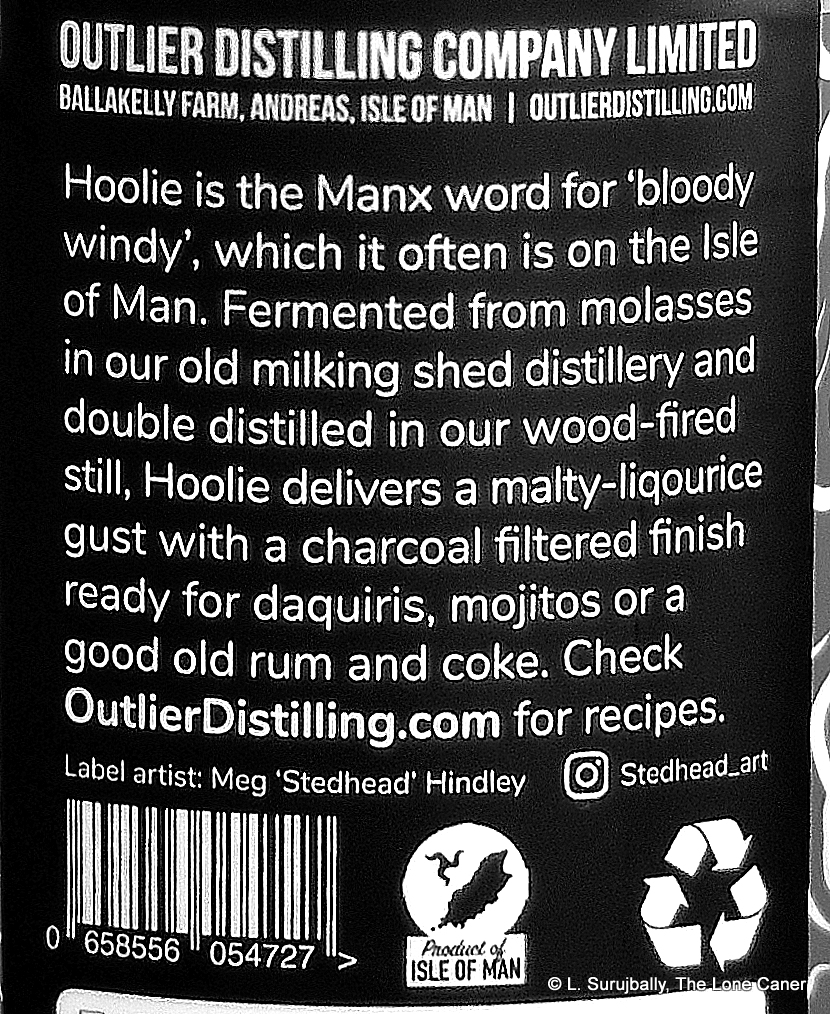The question most have when seeing this bottle for the first time, is, not unnaturally, who the hell is Watson? Is it the owner? An old and crusty master blender, a black sheep member of the family? Some anonymous angel investor from way back? Naah, it’s none of the above – with a cheeky sense of humour that would do the new Australian micros proud, the answer is…the distillery cat; and they named their rarest experimental casks for him.
 This might make the distillery seem somewhat of a lark and not all that serious, but take my word for it – it is. Kit Carruthers founded the establishment in 2018 on a converted cattle byre on the family estate in SW Scotland, just around the time the ink was drying on his PhD, and began distilling in 2019, doing all of the initial work on his own. By 2022 things were going well enough to hire a second employee (or third, if you count Watson – it’s not clear what his legal status in the distillery is; he may just be a feline Baldrick for all we know).
This might make the distillery seem somewhat of a lark and not all that serious, but take my word for it – it is. Kit Carruthers founded the establishment in 2018 on a converted cattle byre on the family estate in SW Scotland, just around the time the ink was drying on his PhD, and began distilling in 2019, doing all of the initial work on his own. By 2022 things were going well enough to hire a second employee (or third, if you count Watson – it’s not clear what his legal status in the distillery is; he may just be a feline Baldrick for all we know).
What characterises the distillery and Kit’s work there is not only the minimal environmental footprint, but the quickly expanding range. There’s a white rum in the lineup, several aged expressions, special editions (of course), a spiced rum and always something a bit out there for the aficionados, or a favoured charity. The “Watson’s Reserve Edition #1” which had its debut in the 2023 TWE Rum Show is a post still product laid to rest in September 2019 in an American oak barrel, then recasked in June 2021 in a 65L Ex-oloroso and ex-Speyside whisky octave before being bottled in November 2022 at 59%…by which time the outturn was a relatively small 30 bottles.
 Even if a year after the fact it’s become borderline unavailable, it’s still worth checking out if you can find it. For a youngish rum it sure presses some interesting buttons: for example, the nose is quite pleasant for that strength, richly sweet and borderline thick. It’s initially chewy and meaty to smell, though this fades rather quickly leaving mostly grapes, vanilla, apples and some faintly sour notes of kimchi and a wine that’s on the edge of going off, balanced by some toffee and salted caramel ice cream.
Even if a year after the fact it’s become borderline unavailable, it’s still worth checking out if you can find it. For a youngish rum it sure presses some interesting buttons: for example, the nose is quite pleasant for that strength, richly sweet and borderline thick. It’s initially chewy and meaty to smell, though this fades rather quickly leaving mostly grapes, vanilla, apples and some faintly sour notes of kimchi and a wine that’s on the edge of going off, balanced by some toffee and salted caramel ice cream.
The taste builds (some might say improves) on that, and elevates the experience a bit. It’s crisp and a little sharp, very clean. Mostly it presents butterscotch and caramel, toffee, some weak tannins and vanilla, raisins and prunes. One can’t expect too much complexity for a three year old rum, yet what we have here isn’t half bad, and the finish is vibrant, fresh and quite dry, with more of those faintly bitter woody notes leavened with toffee and vanilla – one wonders what this will be like in a further five years, to be honest.
British rum until recently was relegated to supermarket blends, neutral alcohol dumbed down to living room strength, Bacardi lookalikes or rebottled rum from foreign climes, often the Caribbean. But in the last decade, a bunch of New Brit distilleries have popped up over the last decade – the Islay Rum Company, Outlier, Retribution, J. Gow, Sugar House and others, have all redefined British rum making in this period (in my opinion at least), with small-batch cask-strength releases, fascinating unaged whites, innovative approaches and a desire to see what some tinkering and an attitude can do.
Ninefold is one of these and they’re just as eager to show they can make some interesting juice, with or without Watson lending a helping paw. Based on this rum and others I’ve tried, they have a good chance of doing just that.
(#1077)(85/100) ⭐⭐⭐½
Other notes
- Five minute video review is here.
- The distillery provides comprehensive release notes here.
- The Fat Rum Pirate conducted an interview with Kit Carruthers in 2020, and the Rumcast followed that up with another full interview in Episode #61 in 2022
- Alex Sandhu did a roundup of the 2022 releases on his review site The Rum Barrel
























